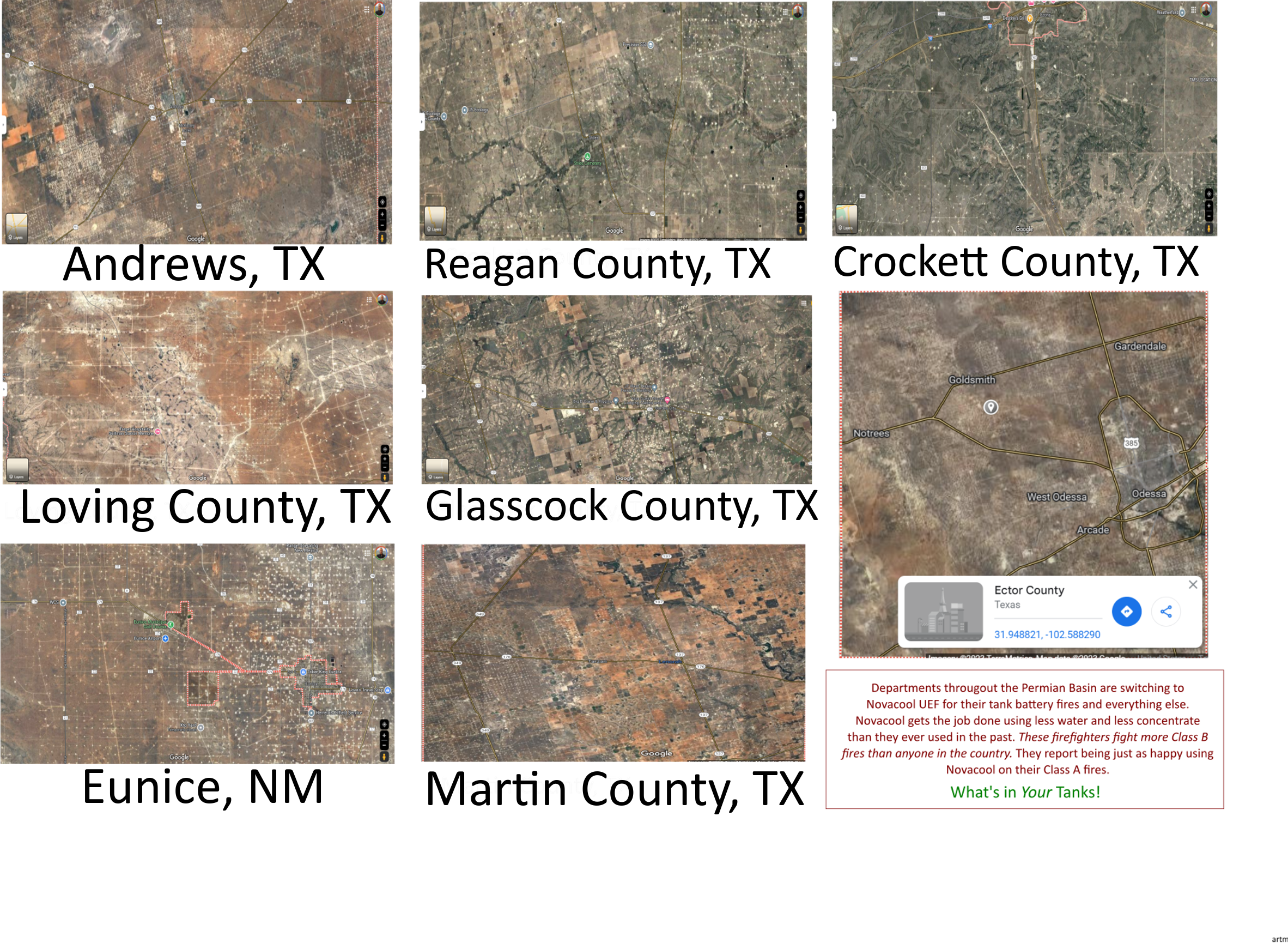
Novacool UEF Extinguishes Class B Fires
Including Hydrocarbon and Polar Solvent Fuels
Novacool extinguishes these types of fires through rapid cooling without leaving behind the legacy of groundwater and soil contamination that AFFF / AR-AFFF do.
Polar Solvent E-85
In this video, both Novacool and 3% AR-AFFF are used to extinguish 1-gallon of E-85 gasoline. Novacool, mixed at just 0.5% extinguished its gallon in just 14 seconds, less than 1/2 the time of the 3% AR-AFFF.
Hydrocarbon Fuels 80-Gallons Diesel
2-Gallons Gasoline
Novacool vs AR-AFFF
This side by side comparison of 0.5% Novacool vs 3% AR-AFFF shows how much faster Novacool is able to extinguish hydrocarbon fuels than AR-AFFF. Customers in the oilfields concure that Novacool outperforms the AFFF/AR-AFFF foam concentrates they used to use before discovering Novacool.
Departments are saving water, time, money and lives by using Novacool system-wide for all their firefighting challenges.
Jet Fuel
This video shows just how easy it is to extinguish jet fuel using Novacool. There is no special technique being used. The firefighters were instructed to "just get the solution on the fire" and use an air aspirating nozzle. As you can see, just as quickly as they apply the Novacool solution, the fire goes out. No rekindles...
Novacool vs "Encapsulating Agent"
Novacool was tested at 0.5% against another wetting agent mixed at 3%. This particular product claims to be more than a wetting agent, is not a foam, but rather an "encapsulating agent" and that they have never been outperformed. Novacool is also an encapsulating agent. Go here for independent testing confirming Novacool outperforms this particular product.
At the end of the day, the St. Louis Fire Dept, after witnessing Novacool vs the Encapsulator Agent extinguish both Class A and Class B fuels, went with Novacool.
Novacool vs 3% wetting agent
Here Novacool goes against a 3% wetting agent. Again, the wetting agent took over twice as long as Novacool to extinguish this polar solvent.
Permian Basin Oil Field Customers
All the white dots you see are tank batteries for storing W. Texas Crude Oil. During lightning storms, tank battery fires are a common occurrence. These departments probably fight more Class B fires than anyone in the country. They say they are extinguishing these fires faster than ever before using a fraction of the water and a fraction of the foam concentrate they did in the past. They are also experiencing less maintenance and foam concentrate costs than they did using legacy AFFF / AR-AFFF.




